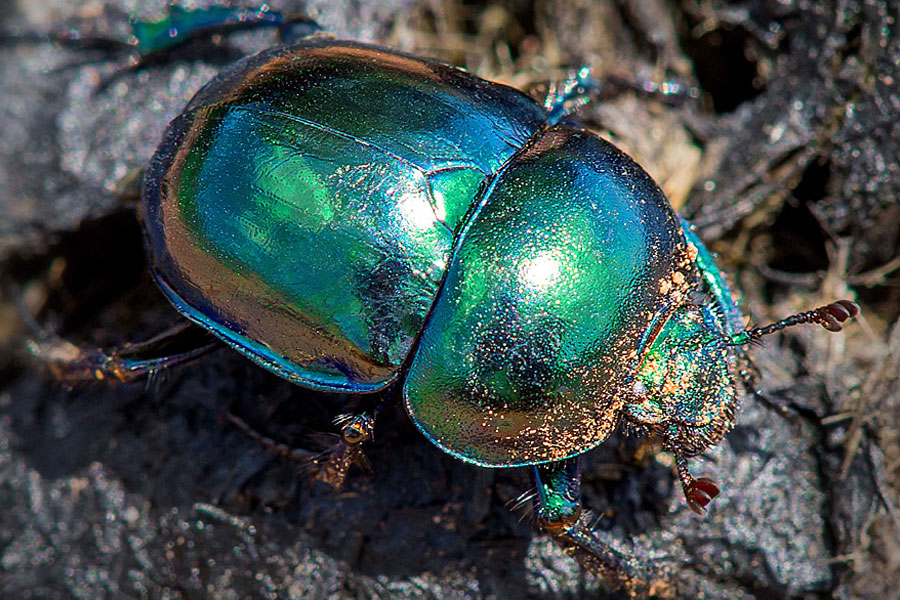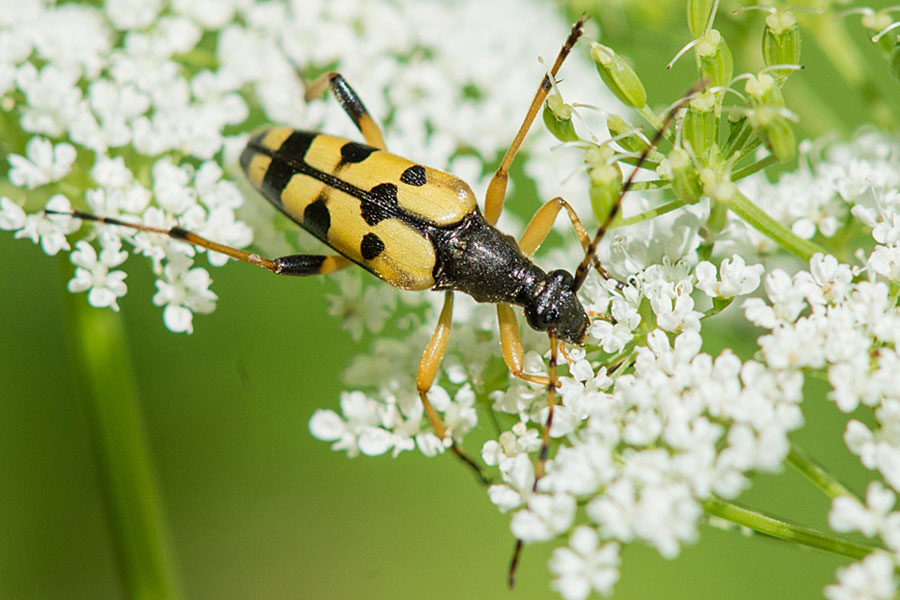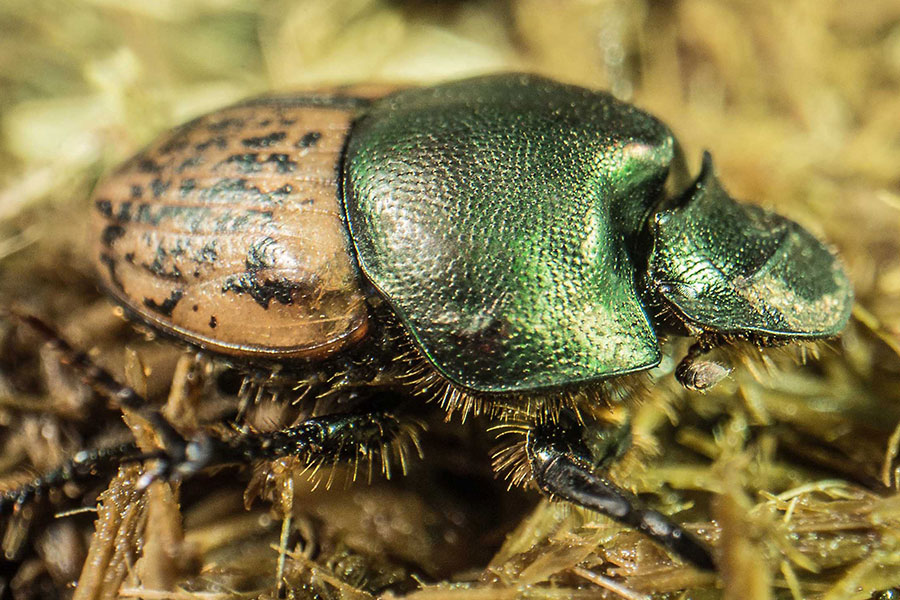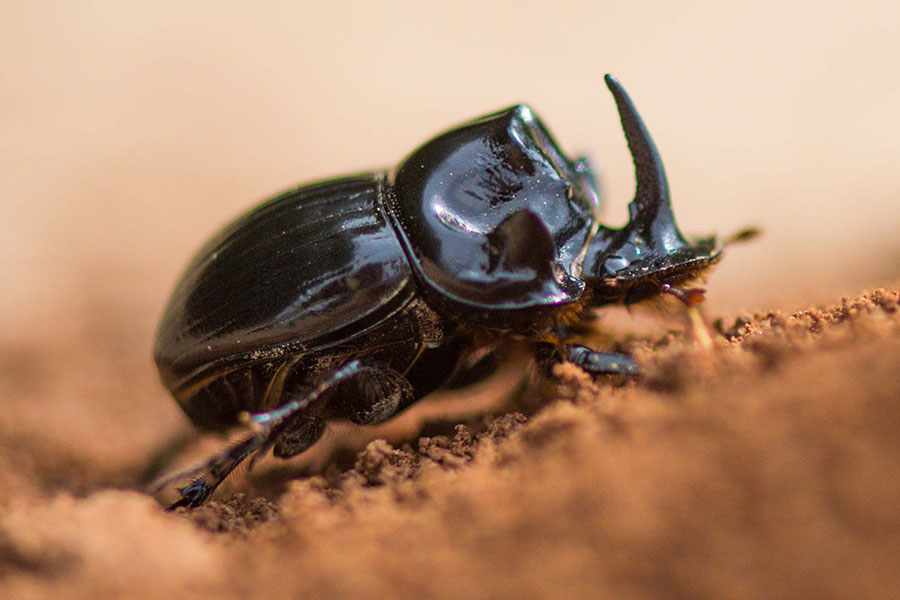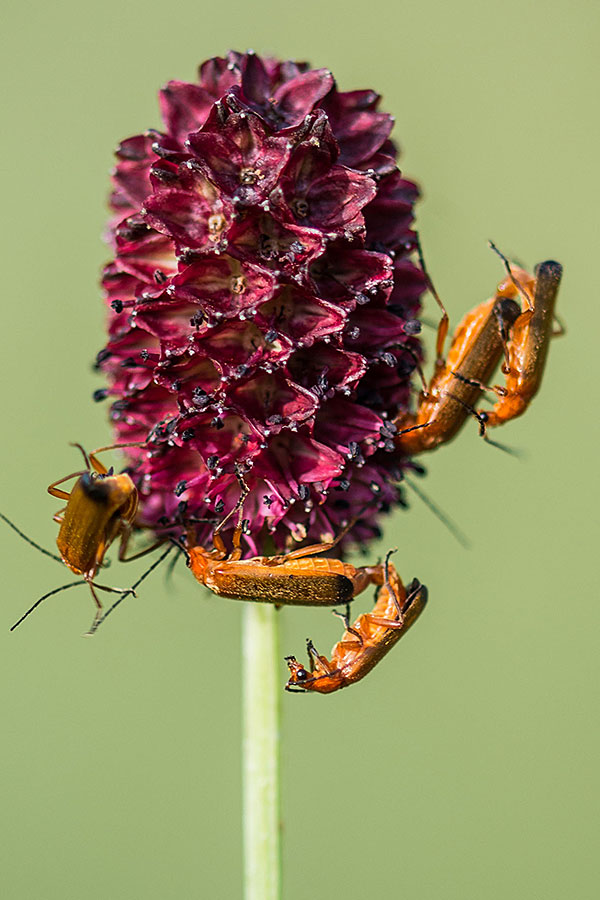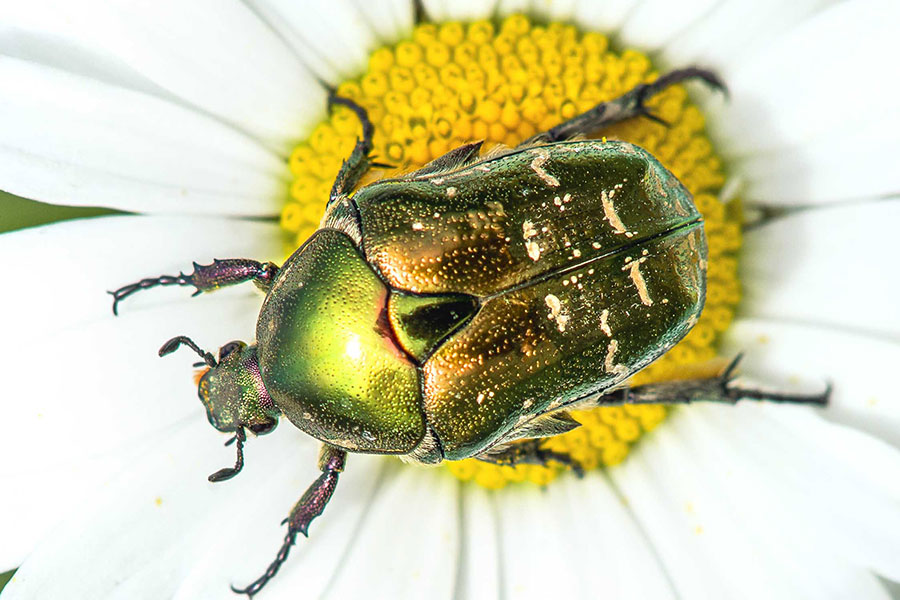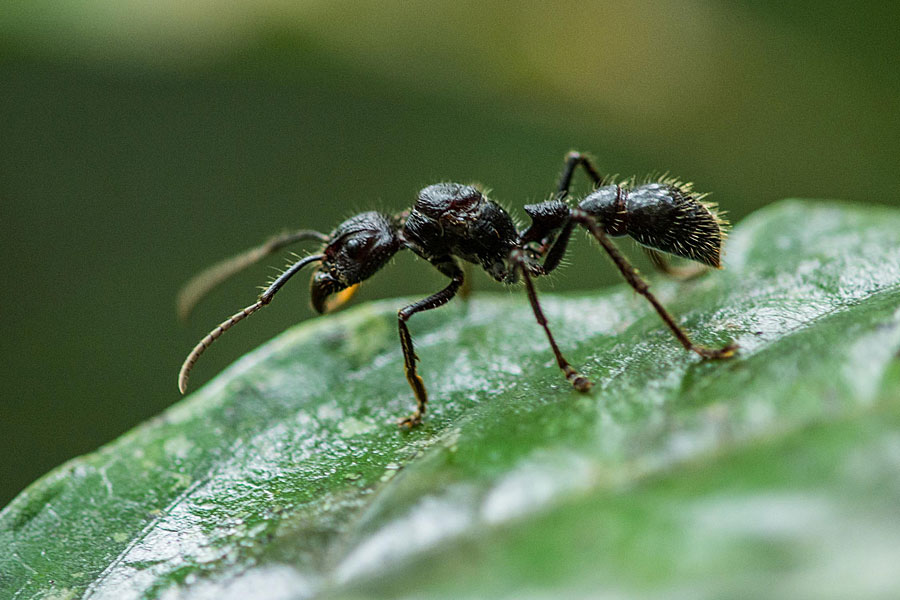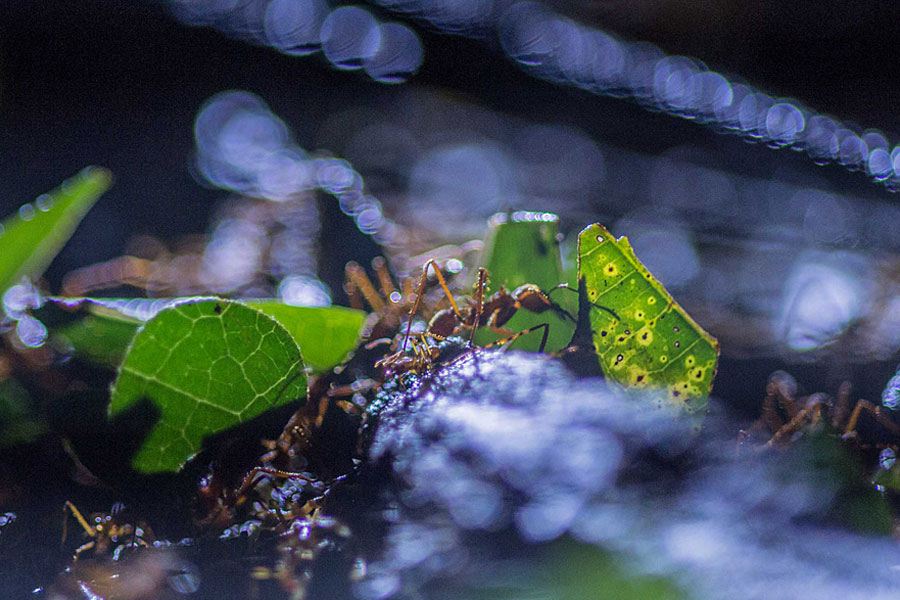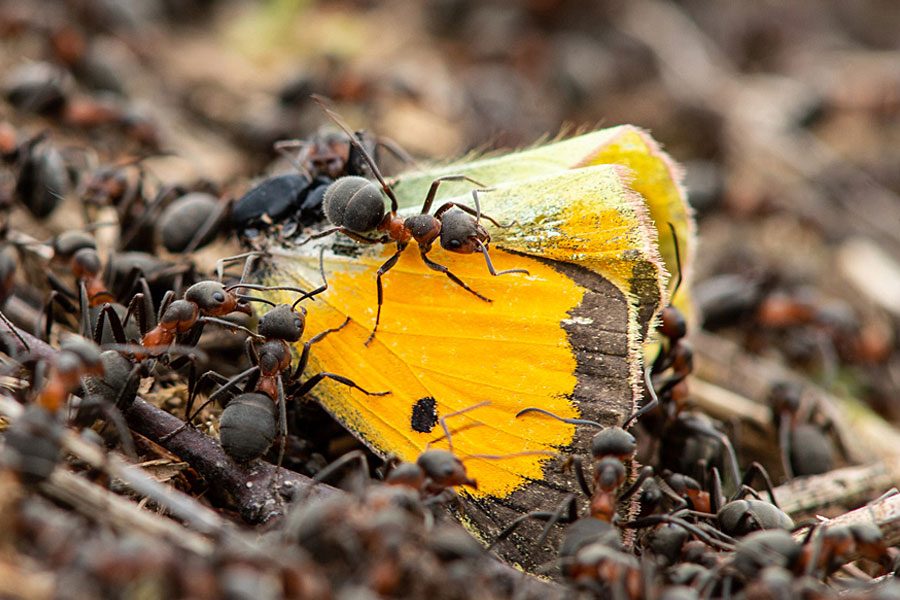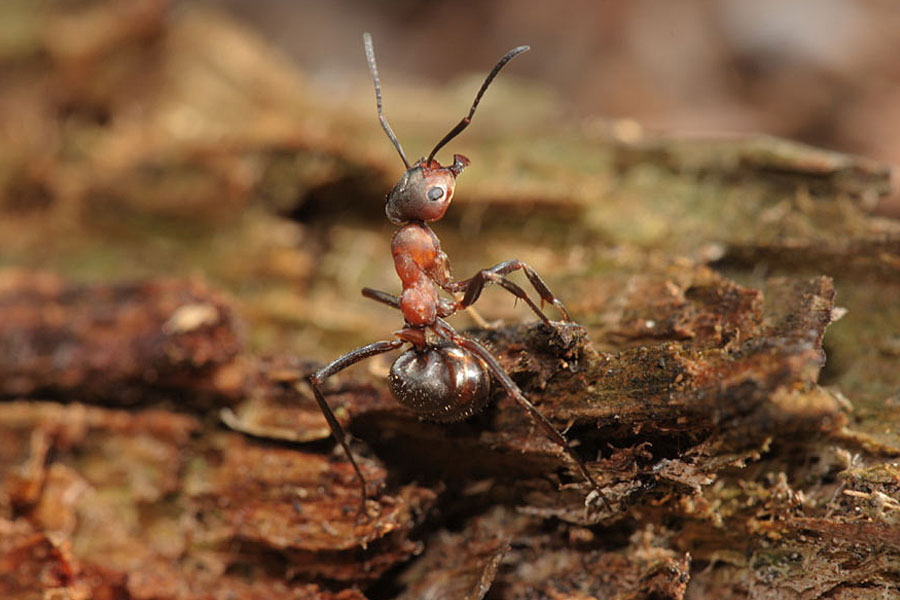The Fabulous Insects, Part 1-2
No other group of animals is as large, no other animals as colourful and diverse as beetles. The biomass of ants and humans in the world is roughly the same. Whether in the tropics of South America or in the native climes of Europe - the world of ants and beetles is holds many surprises.
Description
The Fabulous Insects – Beetles (1)
An incredible 350,000 species of beetles live on our planet Earth, far more than any other group of insects. All these beetle species look different and have very different ways of life. Nevertheless, most of us know fewer beetles by name than we have fingers on one hand. „The Fabulous Insects – Beetles“ presents colourful and bizarrely shaped species as well as the largest beetle in the world, in its habitat in the South American rainforest. The film also shows that the colourful diversity and beauty of beetles and their exciting natural history can be experienced right on our doorstep, in Central Europe. In aesthetic and never-before-seen macro slow-motion and time-lapse shots, the viewer experiences the world of beetles, which is more beautiful, colourful and surprising than many of us realise.
No other group of animals on earth is so diverse: beetles come in a wide variety of ‘models’, from miniature versions a quarter of a millimetre in size to large versions twenty centimetres long. Some beetles flaunt jewel-like iridescent colours, while others wear plain black. Some come in eye-catching warning colours, while many wear an astonishing camouflage. To date, a third of a million beetle species have been discovered. Every fourth animal on our planet belongs to this order. Beetles are useful pollinators and important decomposers of organic waste, for example in forests. Beetles serve as food for countless animals, such as songbirds and bats. However, the most exciting question, to which there is a simple and surprising answer, is: Why are beetles so colourful, diverse and large?
The Fabulous Insects – Ants (2)
Next to humankind, ants are probably the most adaptable creatures on the planet. Whether rainforest savannah, forests or moors - ants populate every terrestrial habitat. You can observe particularly exciting natural history not only in the distant tropics, but also in densly populated Central Europe. The life of ants is in many ways reminiscent of that of humans. It is obvious that ants and humans are social creatures that form communities. There is a perfect and extremely effective division of labour in the ant colony. Some of the ‘civil servants’ only carry out one single activity their entire lives, while others are ‘all-rounders’ who can take on any job if necessary. Ants have also mastered the art of medicine: some species carry resin clumps into their burrow, which then unfold their antibiotic effect and keep the state healthy. Ants have also developed solutions for other problems. When their habitat is flooded, for example, some species have a recipe: they form a living ‘boat’ out of their bodies and float across the floodwaters, crowded together, until the water level drops again.
To date, almost sixteen thousand ant species have been described worldwide and many are still awaiting discovery. Why have ants been so numerous and successful in the world for 100 million years, long before the T-Rex appeared on earth? What is it that makes them the most common animals in the world? Is it the highly social way of life of this group of animals or their enormous adaptability to a wide variety of habitats? Do they owe their success to a kind of swarm intelligence? What can we learn from ants?
The Fabulous Insects – Beetles (Part 1)
The Fabulous Insects – Ants (Part 2)
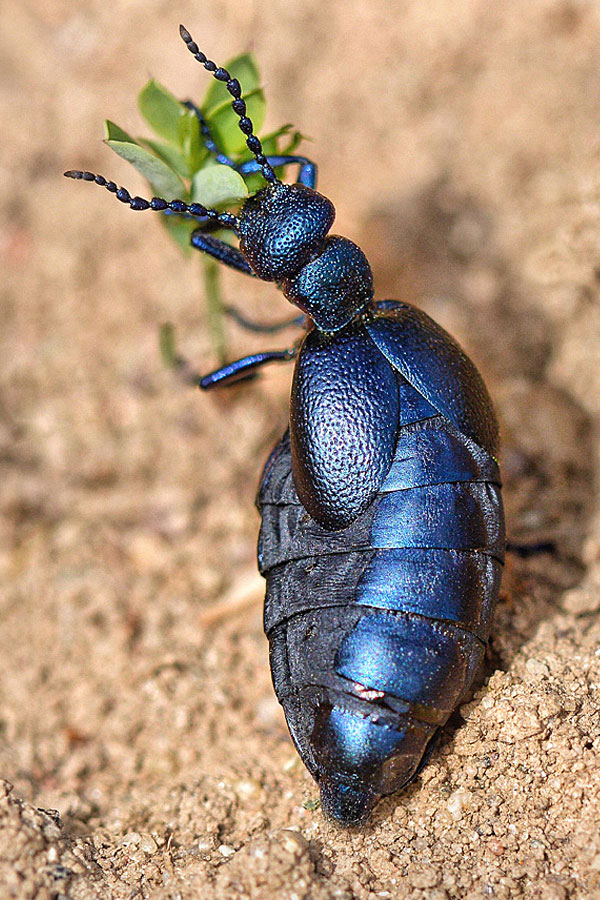
The Fabulous Insects
Duration 3 x 50:00 minutes
Writer & Director Jan Haft
Format UHD, 16:9, 25p
Cinematographers Kay Ziesenhenne, Steffen Sailer, Alexandra Sailer, Jonas Blaha, Jan Haft, Jonathan Wirth, Yannik Straatman
Completion date 2024
Production companies nautilusfilm GmbH – Natural History Germany for Doclights GmbH commissioned by NDR & ARTE, Terra Mater, ARD
Head of Production Melanie Haft
Executive Producer Jörn Röver
